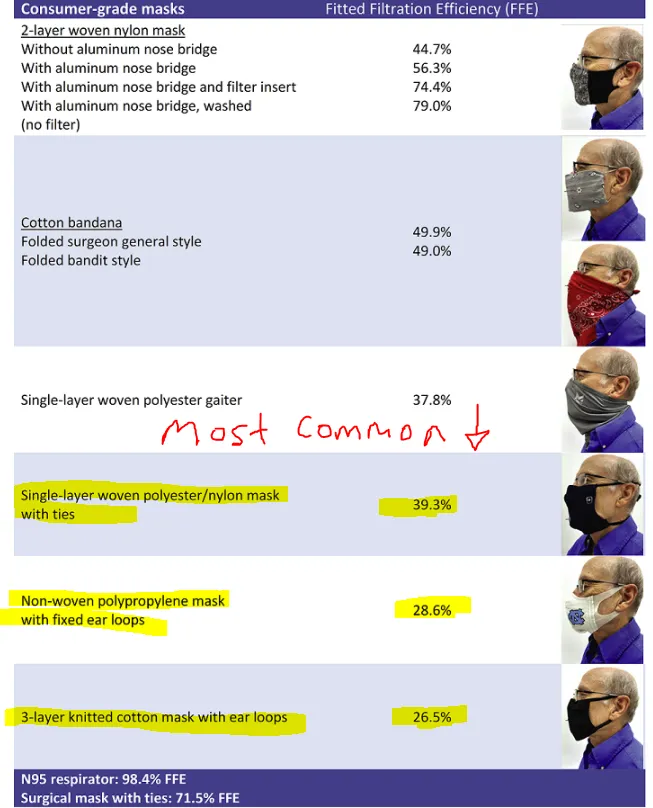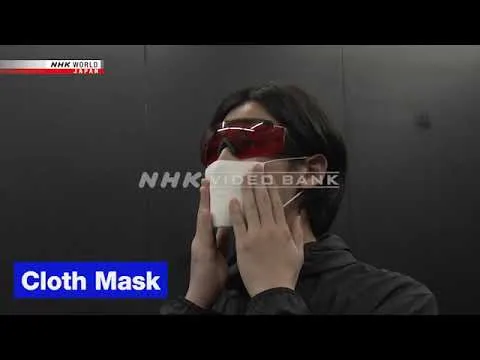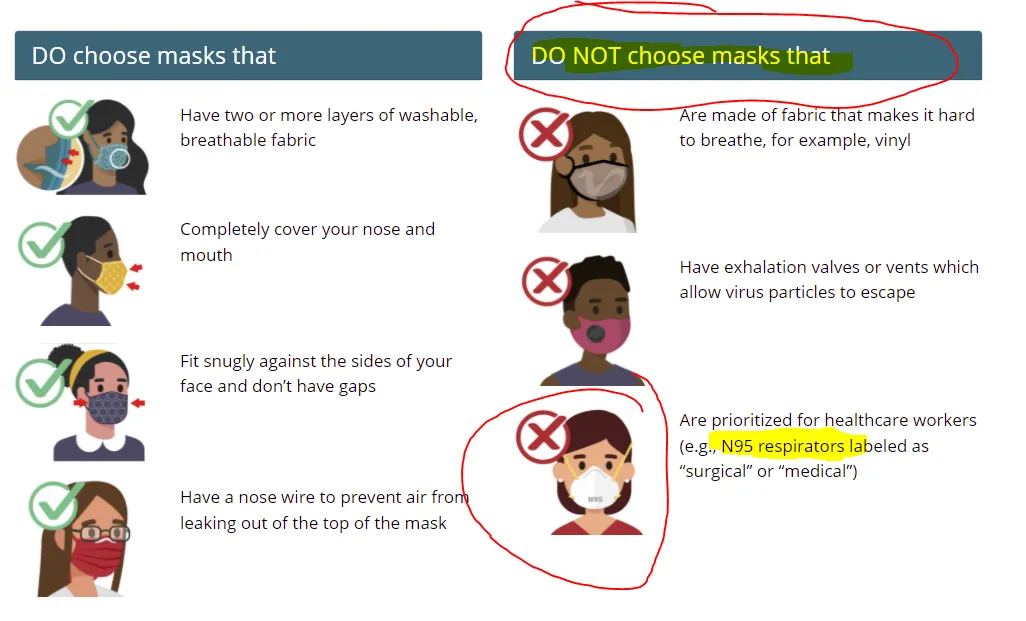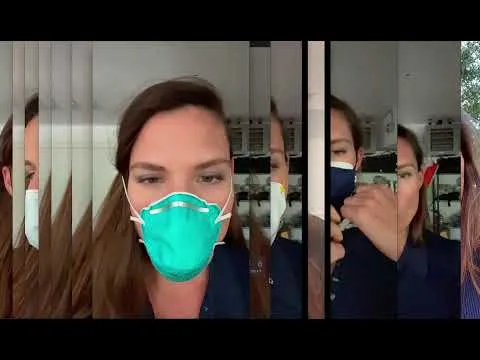The Environmental Protection Agency conducted a material filtration test of a few commonly-worn masks in December, 2020, and later published unified findings in April, 2021.
See:
EPA Researchers Test Effectiveness of Face Masks, Disinfection Methods Against COVID-19
Of course, their study was not about real people in the real world.
It was a lab setting with one person breathing in a controlled environment next to a machine.
See:
Evaluation of Cloth Masks and Modified Procedure Masks as Personal Protective Equipment for the Public During the COVID-19 Pandemic
https://jamanetwork.com/journals/jamainternalmedicine/fullarticle/2774266
The results should not surprise anyone: the masks most people use and the way they use them (cloth and surgical) are NOT effective at stopping the spread. They reduce a DIRECTIONAL output by roughly a third.


However, that means that roughly 2/3rds of the particles are still getting through, which means that the spread is still taking place.
You can see a visualization of that by Emily Burns here:

(She did that test to show to people that scientists doing a smoke particle test with masks were hiding where penetration was taking place from other gaps).
Viral infection only requires successful transmission of 1 sufficiently-infectious particle.
So when masks are being used, and MANY particles are still getting through, the outcome of transmission is not ultimately being reduced because the transmission has MANY opportunities through the MANY expelled particles.
As you can see here in another demonstration performed in Japan:
NHK VIDEO BANK (NHK WORLD-JAPAN) - COVID-19: Effective Face Mask Use

Even though the total load of larger droplets is being reduced, many aerosols and some droplets can still make it though and wisp around, especially with gaps.
Of course, NONE of these tests are showing how regular people wear masks.
In the real world, grocery store workers, retail cashiers, and food service people wear the same mask for hours. It gets sweaty. It gets itchy. It gets pulled down, whether intentionally to eat, smoke, or make a call, or unintentionally when yawning, scratching, or adjusting the bridge.
It's time for people to realize that mass, indiscriminate public mask wearing is largely security theater.
ESPECIALLY when the CDC's OWN GUIDANCE tells people to not wear the better disposable mask: the N95.
See the CDC telling people to not wear N95's here:
CDC warns: Save respirator masks for health care workers
https://www.yahoo.com/lifestyle/cdc-warns-save-respirator-masks-for-healthcare-workers-162144855.html
CDC: Your Guide to Masks
https://www.cdc.gov/coronavirus/2019-ncov/prevent-getting-sick/about-face-coverings.html

It's time for an observational cohort study of real people wearing their self-chosen masks and using their self-chosen hygiene without undue influence to expose the truth of just how much these masks fail to stop Coronavirus transmission.
#coronavirus #covid19 #covid #corona #sars2 #sars #mask #masking #fakemask #firefauci #vaccine #vaccines #vaccination #delta #mu #lambda

